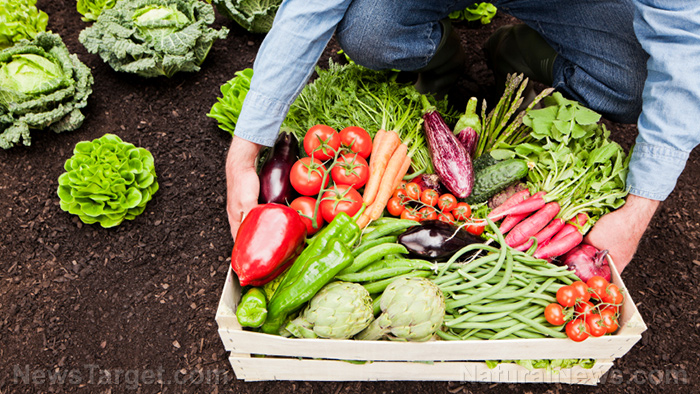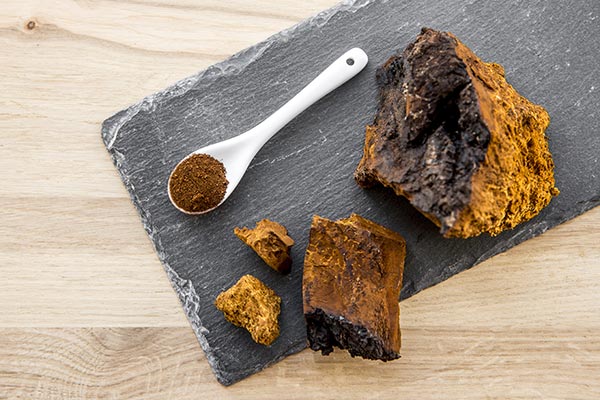
Most people don’t think twice when chucking fruit peels and vegetable scraps into the trash bin. Even beginner gardeners tend to just re-purpose these bits and pieces into future fertilizer.
However, kitchen scraps like these can still be re-grown, sometimes even in water. Plus, re-growing scraps gives you a headstart since you won’t be growing vegetables from seeds.
So if you’ve been thinking of starting a vegetable garden, look no further than the trash or compost bin. You don’t need to have a large backyard either to start growing food. Just gather a few kitchen scraps, a couple of unused containers, some soil and you’re all set.
With that, here are 12 of the easiest herbs and vegetables to grow from scraps.
Beetroot
Don’t throw out those beetroot tops. Instead, place them in a bowl and add water until half of the tops are covered. Leave the bowl on the windowsill and change the water often. The tops should start to sprout greens in a week or so. Once leaves start to appear, re-plant the tops in soil to allow the root portion to re-grow.
Carrot
Instead of chucking carrot heads to the compost bin, use these to grow carrot greens. Place a carrot head in a bowl with cut side down. Fill the bowl with water until at least half of the carrot head is covered. Place the bowl in a sunlit area and change the water often. Once the head sprouts shoots, re-plant it in soil and wait for the shoots to grow some more.
Celery
Store-bought celery is often available with the root portion still attached. Once you’re all done with the stalks, rinse this root portion or base and place it in a small bowl. Fill it with warm water with the cut side facing up. Leave in a sunlit area and change the water often. Re-plant the base in soil after five to seven days. The plant should be good once it starts to grow new stalks and leaves.
Lettuce
Since lettuce heads also come with the root base still attached, re-growing lettuce is a lot like re-growing celery. Once the roots appear, you can then re-plant the lettuce base in soil until it forms a head again.
Scallions
Scallions make for aromatic garnishes on just about all kinds of dishes. Don’t toss out the green part of these vegetables. Place the greens in a glass jar and fill it with water. Leave it on a windowsill and change the water every day. You should be able to grow new scallions in about a week or so.
Onions
Onions are one of the easiest vegetables to grow once you’ve got a headstart. Just place an onion (or half an onion if that’s what you have) in the ground and it should produce roots. Once the roots appear, carefully remove the onion you used and give the roots time to grow into a full onion.
Garlic
You can’t re-grow garlic from the bulbs themselves. That said, you can still grow garlic sprouts to use as garnish from the clove or bulb. Place a clove or a whole bulb in a small bowl and add enough water to cover the base. Don’t submerge the bulb or clove to avoid root rot. Change the water in the bowl until the clove or bulb starts to grow roots. Once the roots appear, the bulb or clove should begin to produce sprouts as well.
Basil
To re-grow this kitchen staple, gather basil stems that are at least four inches long. The stems should be stripped of all the leaves. Put the stems in a jar of water and place them in a sunlit area like on the windowsill or out on the porch. Change the water every other day. You should start to notice new roots form along the stems. Once the roots are about two inches long, transfer each stem to a pot and keep it in a sunlit area. Harvest once the leaves mature.
Rosemary
To re-grow rosemary, gather a bunch of its stems with the leaves still on and place these in a jar. Fill the jar with at least an inch or two of water and leave it in a warm place. Once the stems grow roots, re-plant them in soil and wait until the stems grow new leaves before harvesting.
Potatoes
Potatoes are also quite simple to re-grow. Cut a potato in half and make sure each half has at least one “eye.” Set them aside at room temperature for a few days until they dry. Once dry, plant each half in soil. Leave at least a foot of space in between each half and cover them with eight inches of soil.
Sweet potatoes
Re-growing sweet potatoes are nothing like re-growing regular potatoes. To re-grow them, take half a sweet potato and insert toothpicks at one-inch intervals from the base. Place the sweet potato in a cup or jar with shallow water. Once roots and sprouts appear, re-plant the sweet potato in soil.
Jerusalem artichokes
Jerusalem artichokes, also known as sunchokes, are nutritious root vegetables that require little effort to re-grow. Since it’s a root vegetable, just re-grow them as you would potatoes.
Sometimes, you don’t even have to purchase seeds to start a vegetable garden. Just save those kitchen scraps and start planting. Reduce waste, save money and eat healthily when you grow your own food from kitchen scraps.
Sources:




























